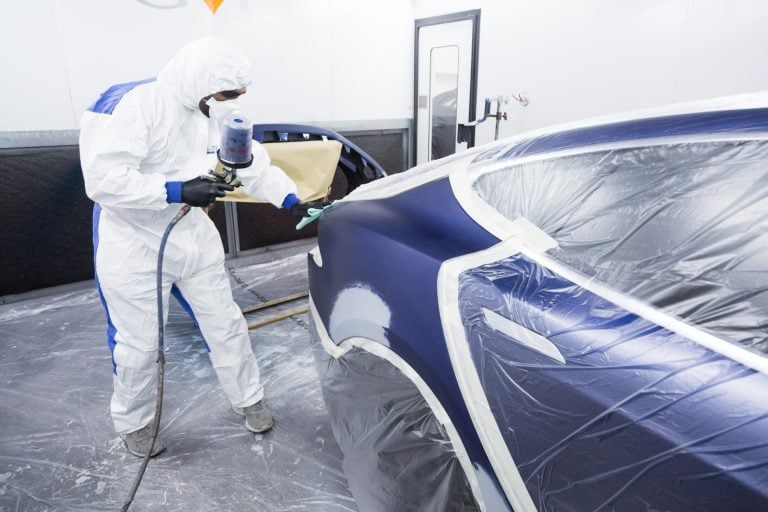- Showroom Case Studies
Process of Exporting & Importing Vehicles From The UK | GVE London – Blog
Learn how to import or export cars from the UK with this step-by-step guide covering paperwork, shipping options, customs, and tips for luxury and supercars.
Say you’re looking to buy or sell cars across borders. Whether you run a supercar showroom, deal in luxury car exports, or perhaps you’re simply a buyer hoping to get your new ride from a trade showroom; knowing the steps involved in importing or exporting vehicles from the UK is something you could greatly benefit from. So, here’s a breakdown of the process to get you started.
1. Getting Ready for Export/Import
First, complete all the paperwork. Whether you’re exporting luxury cars from the UK or importing luxury cars from another country, everything must be done in a legitimate manner and according to the procedure already established.
Here are the documents you will require:
- Vehicle Registration Document (V5C
- ID Proof
- Export Certificate
- Customs Paperwork
Also, prepare to pay any taxes and duties imposed by the country you’re importing a car to.
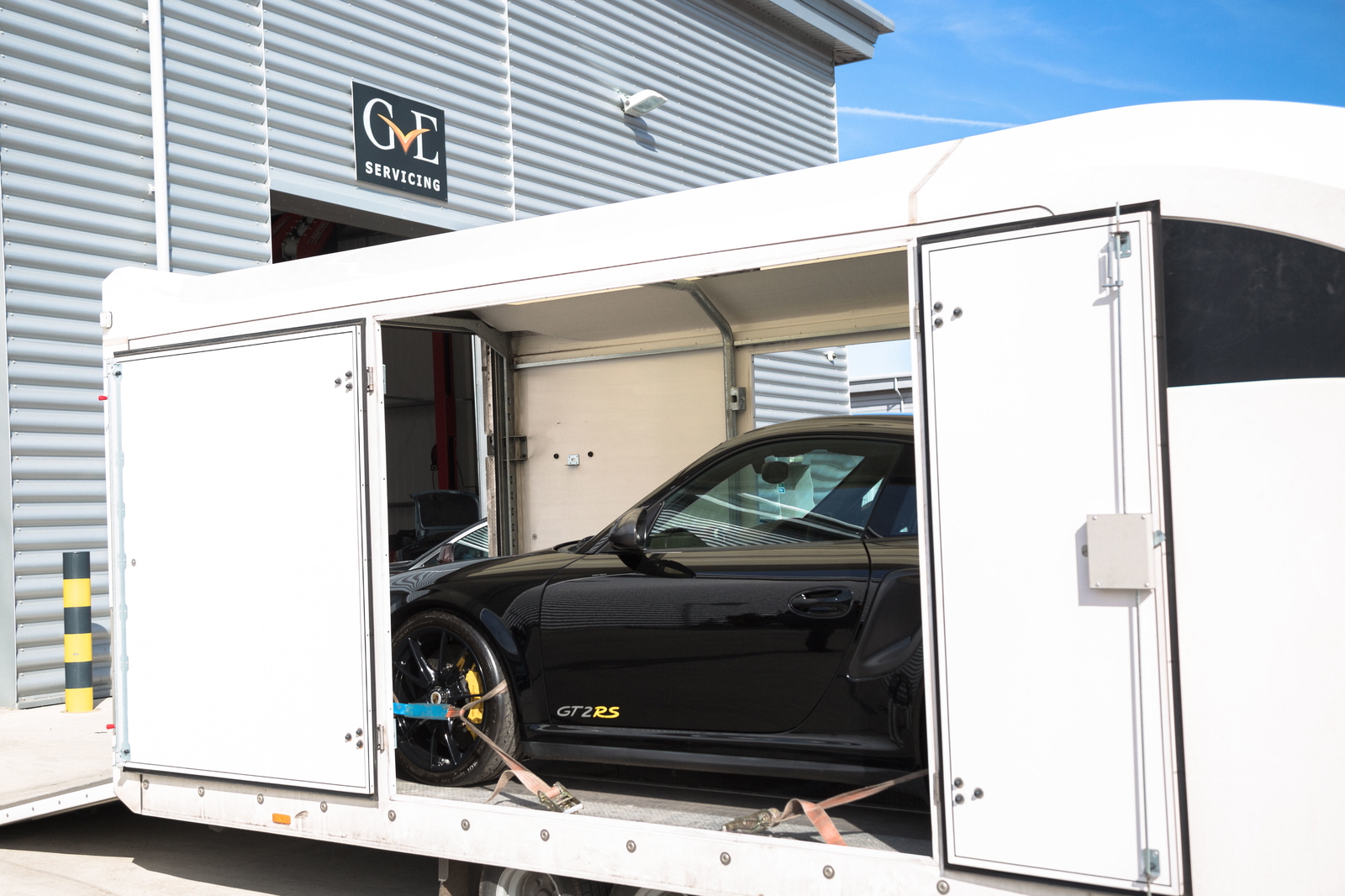
2. Choosing How to Ship
How you ship cars internationally depends on various factors, such as the type of car and the level of protection you want during transit. There are two main ways to get your car from one country to another:
Container Shipping
Shipping Containers are primarily used for high-end cars, which include super, sports and luxury cars. It put the vehicle inside the huge metal container that shields it from harm. It’s safer, certainly but not particularly cost-effective.
Roll-on/Roll-off (RoRo) Shipping
This is a more affordable alternative to shipping containers. Here, the car is driven onto the ship. It’s a great option for regular vehicles, but lacks the protection container shipping option offers so it’s not the best available option for high-end cars.
3. Navigating Customs
This is where things get a little tricky, but manageable if you’re prepared. Each time you export a car from the UK or import them from anywhere, keep in mind a couple of things:
- Exporting from the UK: The car will need to go through customs at the UK port. The export process involves providing your paperwork and paying any necessary fees before it leaves the country.
- Importing to the New Country: Once the car reaches its destination, it will go through customs there. You’ll need to pay any import taxes and make sure the car meets that country’s legal requirements.

4. Getting the Car Delivered
As soon as your car gets customs clearance, you will need to have it delivered. If you’ve made the purchase via a supercar showroom like GVE London or a car export company, they take care of the shipping or it’s not your headache. However, if you’re on your own, you’ll need to arrange transport from the port to your preferred location.
5. Importing a car into the UK.
Keep in mind when you’re importing a car into the UK
- Vehicle must be approved: In order for a car to be legally registered in the UK, it must meet UK standards. That means cars, like those from the EU to JDM, may need some modifications beforehand.
- Customs Duties and VAT: Expect to pay 20% VAT and customs fees depending upon the condition and value of the car
- MOT Test: If the car is more than three years old, it needs to pass an MOT (Ministry of Transport) test to be fully registered.
- DVLA Registration: After passing the MOT, you’ll need to get it registered with the DVLA (Driver and Vehicle Licensing Agency), and only then will you receive a UK number plate.
6. Special Rules for Supercars and Luxury Cars
The case with supercars and luxury vehicles is that you need to think of a couple of extra things. These vehicles tend to require more care, especially on matters of legalities and taxes.
- Import Taxes: Be aware that taxes on high-value cars are usually higher, so prepare yourself to bear these extra costs
- Certification: Some cars, especially those with bigger engines, may need special certifications or modifications to meet the rules of the country you’re importing to.
- Shipping Insurance: Repairs for super and luxury cars can be quite an expensive ordeal. So, before shipping them inside a big metal container, it is best to get it insured. This makes you eligible for a claim, in case things don’t go as planned.

7. Potential Issues to Keep in Mind
International trading isn’t an easy affair, things often don’t go as planned. Here are some challenges you might face:
- Customs Delays: Customs clearance can sometimes take longer than expected, especially for luxury cars.l
- Shipping Costs: Shipping a vehicle overseas isn’t cheap. The cost will depend on the method you choose and the distance.
- Legal Hurdles: Each country has its own rules about car emissions, safety standards, and taxes, so it’s important to research these before you ship.
Conclusion
Exporting or importing cars is admittedly not the easiest process, but it is not overly complicated either once you know what to expect. Whether you’re buying from a trade showroom or doing it yourself, knowing the primary steps—like sorting the paperwork, choosing the right shipping, and clearing customs—will help make everything go smoothly. With a little prep, you’ll be able to get your vehicle from one country to another without any major headaches. As a market leader in supercar PPF, customisation, and wrapping, GVE London brings years of experience in managing exclusive automobiles.
Frequently Asked Questions
AS A GENERAL RULE OF THUMB, SHIPPING TIME IS AROUND 1-4 WEEKS. DEPENDING ON WHERE YOU SHIP YOUR CAR AND HOW YOU SHIP, IT MAY TAKE LONGER OR SHORTER.
YOU WILL HAVE TO PAY 20% VAT AND ALSO CUSTOMS DUTIES ON THE CAR, DEPENDING UPON THE AGE AND THE MODEL OF THE CAR.
OLDER AUTOMOBILES OR ONES THAT DON’T COMPLY WITH THE UK EMISSION STANDARDS WILL NOT BE ALLOWED UNLESS THE RIGHT MODIFICATIONS ARE MADE. ALWAYS CHECK THE EMISSION REQUIREMENTS BEFORE SHIPPING.
Contact Us
"*" indicates required fields
OUR SERVICES
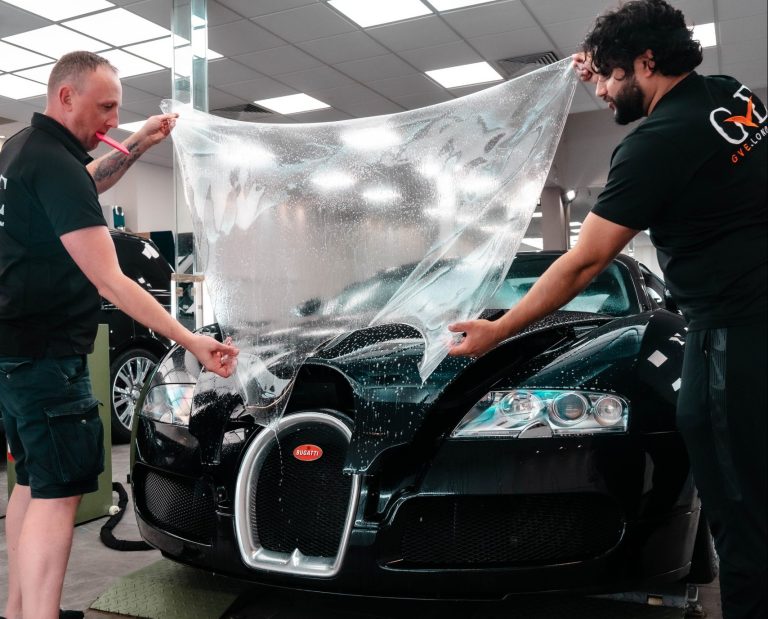
PAINT PROTECTION FILM
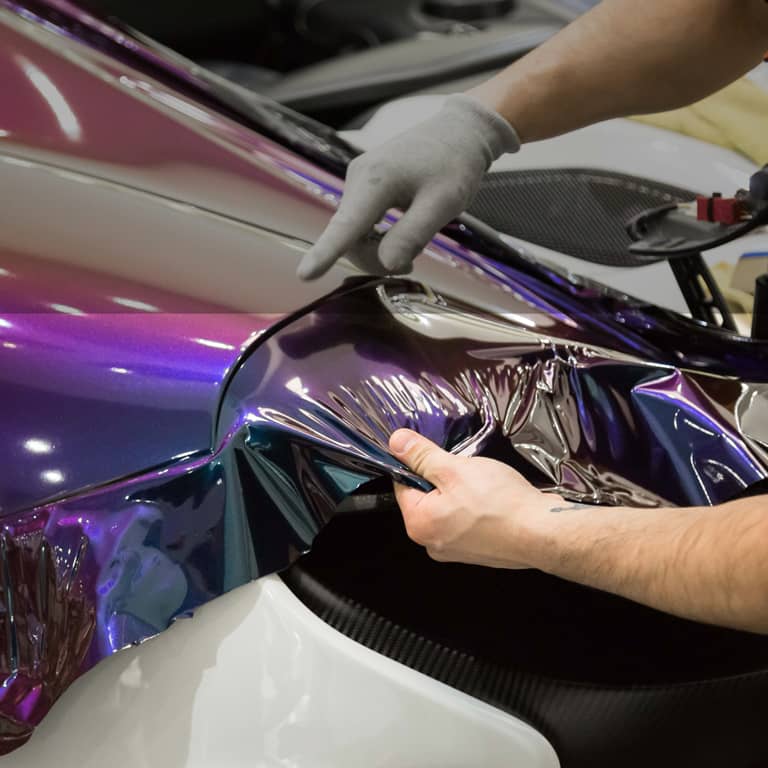
WRAPPING
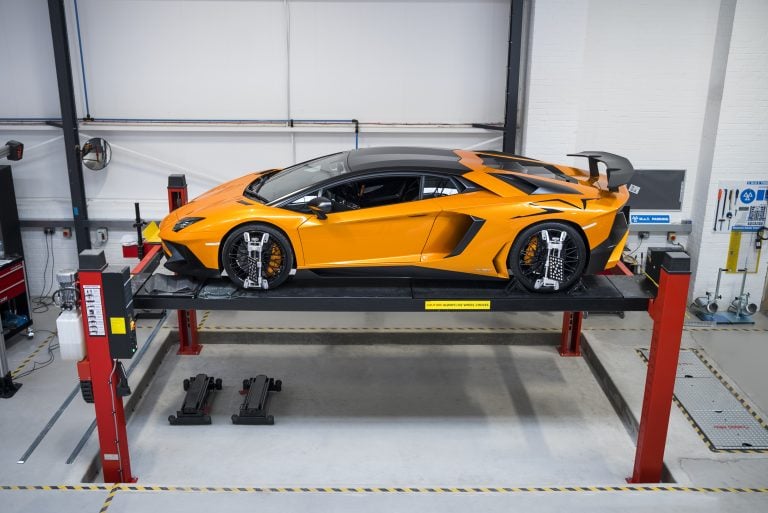
SERVICING
